TOGAF Practice Tests Sample Questions Dumps for TOGAF Certification Exam
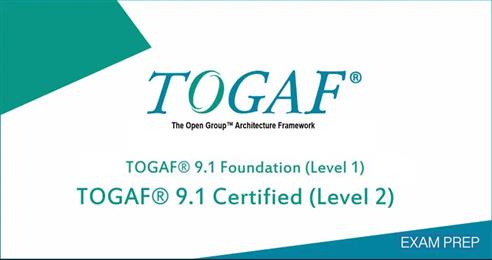
TOGAF Certification
The TOGAF certification is world-wide recognized as enterprise architecture certification. With the help TOGAF certification, you will learn guidelines to define EA (enterprise architecture) enable efficient IT operations, and make more informed decisions. Your TOGAF certification will enhance your skills to reduce the friction between management and enterprise architecture.
Benefits of TOGAF Certification
The TOGAF certification creates trust in you from your customers, clients, stakeholders, and employers. You will improve your management skills to spend the IT budget effectively. You can identify how the various elements of the business fit well. An investment in an excellent investment for a promising career. You may get Jobs in Cisco, CGI, Deloitte, IBM, Oracle, Capgemini, etc. You may work as a solutions architect, senior software architect, enterprise architect, etc. The average salary in the USA is $120,000 for the EA professional, and the salary range varies from $120,000 to $165,000.
Benefits to your TOGAF career
A TOGAF certification helps to execute long-term IT strategies and create a road map to direct the IT infrastructure towards achieving the IT goals and objectives. For the same reason, there is a roaring demand for enterprise architects. Businesses are giving prominence to IT technology and architecture. They need certified professionals who can design their IT architecture so that technology does not become obsolete. Organizations are willing to pay high to the right candidates with the right skills. According to Gartner, by 2020, 40% of the organizations will use an enterprise architecture. In fact, by 2020, 50% of the enterprise architecture will be artificial intelligence-enabled. 80% of digital businesses will use enterprise architecture. It’s the right time to invest in the certification of Enterprise architecture.
TOGAF Exam Questions and Answers for Certification Preparation
The objective of the togaf sample questions is to give reliable togaf certification dumps for togaf certification preparation to take togaf practice tests. With TOGAF sample questions and answers, you can improve your chances of scoring high marks and be confident while attending the togaf exam.
Keeping all the certification benefits and the trends in mind, we have compiled TOGAF certification question and answers. The togaf exam dumps have multiple choice answers, and the right answer highlighted with an appropriate explanation. Our compilation will act as a quick capsule to gulp before you appear for the togaf certification exam. You can confidently appear and score passing marks in the TOGAF exam with our sample certification question and answers. Good luck.
TOGAF Exam details: TOGAF Certification
Exam name: Open Group Architecture Framework
Test Duration: 150 minutes
No. of questions: 40
Passing score: For foundation 55% , for level 2 60%
Validated against: https://www.opengroup.org/certifications/togaf
Format: MCQ
Exam price: $495 (level 1 and level 2)
--------------------------------------------------------------------------------------------------------------------------------
1. From the below-mentioned option, which of the following describes the best "Architecture, particular viewpoint".
A. A deliverable.
B. An Architectural building block
C. A solution building block
D. A building blocks
E. An artifact
Explanation- An artifact defines the best solution system or a state of an organization. Hence the correct answer is option E.
-----------------------------------------------------------------------------------------------------------------------------
2. From the below-mentioned option, which is not the characteristics of a building block?
A. Building blocks are that components of the business, Architecture capability or IT which can be reuse potentially.
B. We cannot decompose building blocks in another smaller supporting building blocks.
C. Two buildings block can combine each other for delivering Architecture and solutions.
D. Building blocks include an outline description and the name.
E. At the various level of detailing building blocks can be defined.
Explanation- the mat model of TOGAF is correspondent by a building block. There is a defined model of a building block an expert can identify it. Building block can be converted to smaller supporting building block hence it's not included in characteristics of building blocks.
-------------------------------------------------------------------------------------------------------------------------------
3. From the below-mentioned option, which are the correct types of Architecture that have a deal with TOGAF?
A. Functional, data, technology and business.
B. Business, information, application, and technology
C. Infrastructure, application, data, and business
D. Integration, technology, application, and business.
E. Data, technology, application, and business.
Explanation- data, technology, application, and business are the kinds of Architecture which have a deal with TOGAF.
-----------------------------------------------------------------------------------------------------------------------------
4. From the below-mentioned option which statement is not correct about Architecture development method (ADM)?
A. ADM consist of 10 phases.
B. It is interactive.
C. The ADM provides a procedure for developing Architecture which is tested.
D. The ADM helps to change their enterprise for getting the response to their business goals to organization.
E. The ADM helps and explains generic solutions which can be specialize for supporting an organization
Explanation- the objective of architectural development method is to fulfill the objective of the organization for meeting the requirements related to information and technology. The ADM performs the management of the lifecycle of organizational Architecture. ADM is the customization method which is purely based on the needs of the organization. Hence it is not possible for creating generic solutions and explaining it.
--------------------------------------------------------------------------------------------------------------------------------
5. From the below-mentioned option which phase best describe stakeholder's scope and identification?
A. Preliminary phase
B. Opportunity and solutions.
C. Requirement management
D. Architecture vision
E. The activity is occurring outside the ADM
Explanation- Architecture design is one of the tools of TOGAF. Architecture vision works on the objective of understanding and agreeing in the starting and the desired outcome should be for the Architecture. The Architects has a deep focus on various areas for the validation of physicality.
-------------------------------------------------------------------------------------------------------------------------------
6. From the below-mentioned option, which statement is not true about Architecture deliverable?
A. Architecture deliverable includes artifact.
B. Artifact includes catalog, diagrams, and matrixes.
C. An architectural deliverable is the document of an Architecture definition.
D. There may be more than one artifact in Architectural deliverable.
E. Architecture deliverable works as building blocks too.
Explanation- from the above-mentioned options, Architectural deliverable has all the mentioned characteristics, except that it cannot be used as building blocks.
----------------------------------------------------------------------------------------------------------------------------
7. From the below-mentioned option, find the odd man out statement which is not the part of the description of enterprise Continuum?
A. A view of Architecture repository view is provided by enterprise Continuum.
B. For the classification of an asset, the Enterprise Continuum takes the help of the structure in the Architecture repository.
C. There is two complementary concepts of enterprise Continuum, the Architecture Continuum, and the Solution Continuum.
D. The Enterprise Continuum supports the organization by explaining the genetic solution that can be specialized.
E. The Enterprise Continuum includes requirements and the contest of Architecture.
Explanation- Enterprise Continuum has a classification for solution and Architecture artifacts. This classification is based on an internal and external repository of Architecture. They do not use structure in the repository of Architecture.
-------------------------------------------------------------------------------------------------------------------------------
8. From the below-mentioned option which is the correct option that includes the major components of Architecture repository.
A. Architectural metamodel, Architecture landscape, standard information-based, governance log, Architectural capability, reference library.
B. Architectural metamodel, reference library, architectural landscape, architecture board, governance log, standard information base.
C. Architectural metamodel, architecture landscape, standard information-based, reference library, architecture capability, architecture board.
D. Architectural metamodel, architecture landscape, reference library, architect board, architectural capability, standard information-based, external reference model, external standard and architecture board.
E. Governance log, architecture metamodel, reference library, standard information-based, architecture landscape, architecture capability, and the Enterprise Continuum.
Explanation- architecture repository functions, to provides help to the organization to tell the difference between different architecture assets in various forms in an organization. The classes of information available are solution landscape, reference library, architectural landscape, architecture capability, metamodels, governance log, architectural requirements repository. Hence the correct option is A.
--------------------------------------------------------------------------------------------------------------------------------
9. There are various benefits of Architecture Government in Architecture capability whose an operational entity TOGAF. From the below-mentioned option, which of the statement is not included in the benefit of Architecture governance in TOGAF.
A. Creation of value through evaluation, feedback, measuring and monitoring.
B. The greater the value of shareholder.
C. Protecting the existing assets by using them.
D. Managing compliance
E. Controls risk management.
Explanation- from the above-mentioned options all are included in the benefit of Architecture governance in TOGAF except the Compliance Management.
-------------------------------------------------------------------------------------------------------------------------------
10. There are four categories in the TOGAF documentation model. From the below-mentioned option which of the following is the odd man out and not included in the category of TOGAF documents.
A. TOGAF supporting
B. TOGAF mandated
C. TOGAF supplemental
D. TOGAF recommended
E. TOGAF core
Explanation- the four categories of TOGAF documents are TOGAF mandated, TOGAF recommended TOGAF core. There is no category termed as TOGAF supplementals. Hence the correct option is C.
--------------------------------------------------------------------------------------------------------------------------------
11. From the below-Mentioned option which of the following term represent the following statement.
The Architectural representation of assets deployed within the operating enterprise.
A. Artifact
B. View
C. Architecture landscape.
D. Architecture view
E. Solution Architecture.
Explanation- Architecture landscape is defined as the representation of Architectural assets used by the organization and plan.
-------------------------------------------------------------------------------------------------------------------------------
12. From the below-mentioned option, according to information system Architecture of ADM which step is not followed and stated by TOGAF.
A. Conducting a formal stakeholder review.
B. Finalizing the application Architecture.
C. Assumption and dependencies of documents
D. Creating Architecture definition documents.
E. Developing target application, Architecture description
Explanation- according to information system Architecture of ADM dependencies and assumption of documents is not stated and mentioned by TOGAF.
------------------------------------------------------------------------------------------------------------------------------
13. From the below-mentioned option, which of the following is not included in migration planning?
A. Implementation and migration plan is created and monitored in detail.
B. Priorities are given to each work packages, building blocks, and projects.
C. Confirmation is given for the Transition Architectures defined in the previous phase.
D. Finalization of Architecture vision and Architecture definition documents.
E. Generation and gaining consensus on an outline implementation and marketing strategy.
Explanation- migration strategy and implementation strategies are not included in migration planning.
----------------------------------------------------------------------------------------------------------------------------
14. From the below-mentioned option which is the correct iteration cycles name and number around the ADM phases which is defined by TOGAF?
A. Three, they are Architecture delivery, Architecture planning, and Architecture governance.
B. Four, Architecture contest, Architecture definition, Transition Planning, and Architecture governance.
C. Five, Architecture definition, Architecture contests, transition planning, Architecture require management, Architecture governance.
D. Four, Architecture scope, transition planning, Architecture governance, Architecture design.
E. Five, Architecture contest, Architecture definition, Architecture governance, Architecture scope, Architecture requirements management.
Explanation- in ADM there is four iteration cycle which is defined by TOGAF. The four iteration cycle around ADM includes Architecture definition, Transition Planning, and Architecture governance.
------------------------------------------------------------------------------------------------------------------------------
15. From the below-mentioned option, which statement is not true describing the principles of TOGAF?
A. Architectural principles are quite flexible and can be established in all three levels of enterprise, Architecture and information technology.
B. Principles are developed by leading the Enterprises Architecture in conjunction with the Architecture board the CEO and the other key stockholder.
C. The principles defined by TOGAF must be stable, complete for understanding robust, understandable, consistent or complete for understanding.
D. The Architectural principle includes the following components, statement, rationale, implications, name and risk, and issues.
E. Principles are connected to each other and its application is in the form of a set. There may be a chance that competition between principles may arise.
Explanation- from the above option, all are the principles of TOGAF except option D. Hence it is a correct option.
----------------------------------------------------------------------------------------------------------------------------
16. From the below-mentioned option which option correctly symbolizes or defines the organization category in the Architecture content framework.
A. Location, capability and organization.
B. Location, actor and capability
C. Function, actor, requirements, location, and capability
D. Location, actor and organization
E. Actor, location, and structure.
Explanation- there are five components in Architecture content framework. The components are organizational Architecture, Business Architecture, Application Architecture, Information Architecture, and technological Architecture. The sub Architecture in the organizational Architecture is location, actor, and organization.
--------------------------------------------------------------------------------------------------------------------------------
17. From the below-mentioned option which is not a core metamodel entity?
A. Actor.
B. Function
C. Data entity
D. Standard
E. Application components
Explanation- the core metamodel entities are as follows- actor, business service, data entity, application components, and function. There is no entity termed as standard. Hence it is the correct option.
--------------------------------------------------------------------------------------------------------------------------------
18. From the below-mentioned option, which is the core diagram of Architecture vision within the parlance of viewpoints of Architecture?
A. Stockholder matrix
B. Benefit diagram
C. Principles catalog
D. Enterprise manageability
E. Solution concept diagram
Explanation- a high-level view for the solution of Architecture objectives is given by solution concept. Hence the correct answer is option E.
-------------------------------------------------------------------------------------------------------------------------------
19. Find the odd man out option from the Option mentioned below.
For the implementation and migration plan, deliverable's content has.
A. Implementation and migration strategy.
B. Project charter
C. Work package portfolio
D. Implementation plan
E. Interaction with another management framework.
Explanation- a work package portfolio can be hierarchical and has deliverable of business benefits. It doesn't form any part of the implementation and migration plan. hence it is the odd man out and other remaining options are included in the plan. And hence it is the correct answer.
--------------------------------------------------------------------------------------------------------------------------------
20. Which of the following is included in the Architecture Continuum? (It belongs to the type of Architecture.)
A. Foundation Architecture, industry Architecture, an organization-specific Architecture, specific Architecture.
B. Solution Architecture, industry Architecture, business-specific Architecture, and baseline Architecture.
C. Foundation Architecture, common system Architecture, organization-specific Architecture, and industry Architecture.
D. Foundation Architecture, industry Architecture, business-specific Architecture, and common system Architecture.
E. Baseline Architecture, Industry Architecture, common system Architecture, and organization-specific Architecture.
Explanation- there are four types of Architecture which are included in Architecture Continuum. Foundation Architecture, industry Architecture, common Architecture, and organization structure. Hence the correct option for the above-mentioned question is option D.
--------------------------------------------------------------------------------------------------------------------------------
21. From the Below mentioned option, which is the odd man out the definition of the incorrect definition of TOGAF?
A. The vantage point or perspective determines what are you watching and is termed as a viewpoint.
B. From the perspective of a relative set of concern is a representation of a whole system is termed as a viewpoint.
C. An Architecture description is defined as a collection of Architect documenting an Architecture.
D. Determination of acceptability and the stakeholder in the system is important for key interest and are termed as a concern.
E. A unified whole is formed by regular interaction and interdependence of group of items which is known as a system.
Explanation- TOGAF can be termed as enterprise Architecture structure which provides a plan of governing structure, also design, implement and govern an organizational technology Architecture. The option E does not match and synchronize the definition of the TOGAF. Hence the correct option is option E.
--------------------------------------------------------------------------------------------------------------------------------
22. From the below-mentioned option, choose the correct option that comes from the TOGAF's suggested frequency classification of risk.
A. Crucial, marginal, catastrophic, and negligible is the classification of effect.
B. Frequent, lightly, seldom, occasional and unlikely are the classification of frequently.
C. High risk, moderate risk, low risk is classified as the impact of risk which is the combination of frequency and effect.
D. Impact of low risk is the classification of risk that is with negligible effect and unlikely frequency.
E. Impact of moderate risk is the classification of the risk that has a marginal effect and likely frequency.
Explanation- occasional, seldom, frequent, likely, unlikely is the classification of the risk which is based on frequency. Hence it is the correct answer.
--------------------------------------------------------------------------------------------------------------------------------
23. From the below-mentioned option, which option is the odd man out or is not included or does not match to risk management of TOGAF?
A. Risk management is defined as an integral part of enterprise architecture.
B. Identification, planning, and conduct of action are referred to as risk mitigation. Which will help in reducing the risk to a high level?
C. It governance framework approve the residual risk.
D. Risk identifications, risk response development, risk qualifications, and risk response control are the activities included in risk management.
E. The risk level begins with the risk categorization focusing on implementing and determining the action of mitigation.
Explanation- risk classification, assessment, mitigation, identification, and monitoring are the process of risk management. Hence the option D is incorrect.
--------------------------------------------------------------------------------------------------------------------------------
24. From the below-mentioned option which is the correct option that matches the statement below.
TOGAF states the basic premise of gap analysis is to:
A. Highlighting a shortfall between the target Architecture and the baseline Architecture.
B. Highlighting stakeholder which cannot be addressed.
C. Validating an Architecture for considering what you have forgotten.
D. Comparing the target Architecture ABBs with Baseline Architecture ABBs identifying the ‘new included and eliminated' building blocks.
E. data, business, application, technology, and the domain is used for identifying the potential source from the gap.
Explanation: Adm has a technique called gap analysis which is used for checking the gaps between target architecture and the baseline. Hence the correct answer is A.
-------------------------------------------------------------------------------------------------------------------------------
25. From the below-mentioned options, find the odd man out statement which does not match to the business scenario of TOGAF?
A. The business scenario is described as a method used for deriving the requirements of business architecture and requirements of implied techniques.
B. Requirements for sharing information and services in the organization is defined by business scenario.
C. The business scenario works during the business architecture phases and the architecture vision of the admin.
D. The business scenario describes a business process and application, the actors and the desired outcome of proper execution and the business and technology environment
E. Measurable, Realistic, time-bound, specific and actionable are the good business scenario.
Explanation: a business scenario can be defined as a technique used in understanding and for documentation of the important elements in the successive scenario.
But on the other hand, it is not used for defining the requirements for sharing information within the enterprise. Hence the correct answer is b.
Find a course provider to learn TOGAF
Java training | J2EE training | J2EE Jboss training | Apache JMeter trainingTake the next step towards your professional goals in TOGAF
Don't hesitate to talk with our course advisor right now
Receive a call
Contact NowMake a call
+1-732-338-7323Enroll for the next batch
Latest blogs on technology to explore

From Student to AI Pro: What Does Prompt Engineering Entail and How Do You Start?
Explore the growing field of prompt engineering, a vital skill for AI enthusiasts. Learn how to craft optimized prompts for tools like ChatGPT and Gemini, and discover the career opportunities and skills needed to succeed in this fast-evolving indust
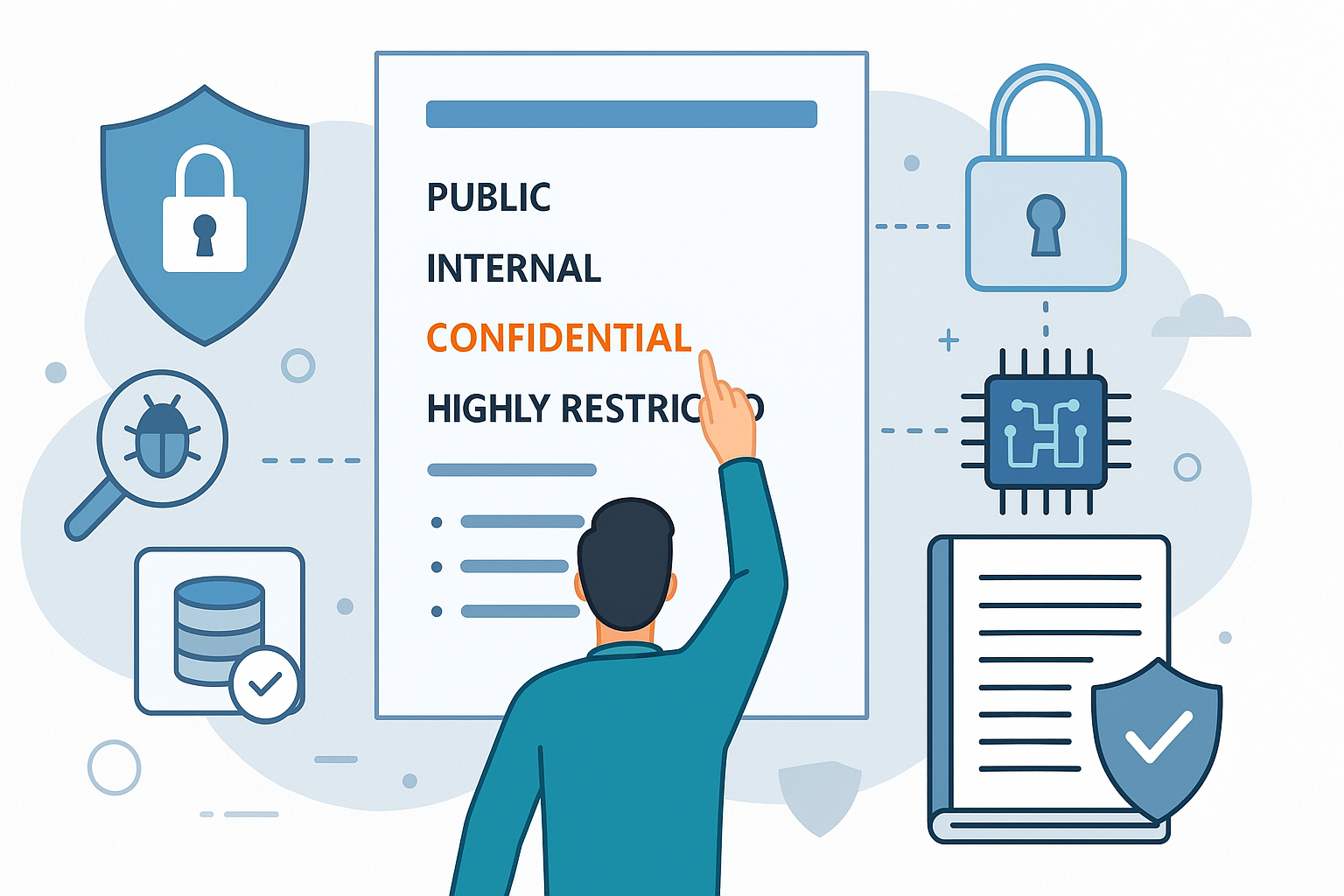
How Security Classification Guides Strengthen Data Protection in Modern Cybersecurity
A Security Classification Guide (SCG) defines data protection standards, ensuring sensitive information is handled securely across all levels. By outlining confidentiality, access controls, and declassification procedures, SCGs strengthen cybersecuri

Artificial Intelligence – A Growing Field of Study for Modern Learners
Artificial Intelligence is becoming a top study choice due to high job demand and future scope. This blog explains key subjects, career opportunities, and a simple AI study roadmap to help beginners start learning and build a strong career in the AI
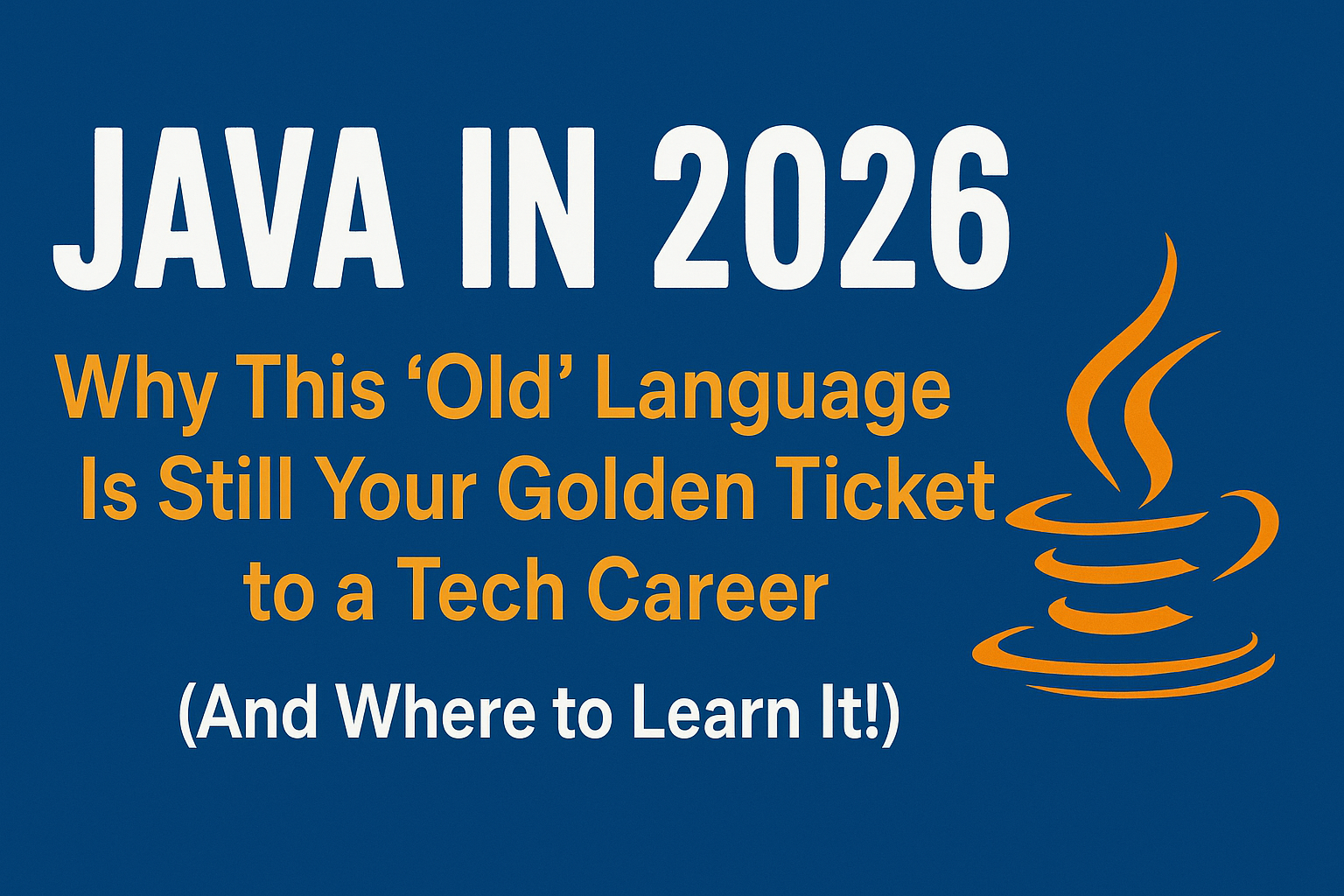
Java in 2026: Why This ‘Old’ Language Is Still Your Golden Ticket to a Tech Career (And Where to Learn It!
Think Java is old news? Think again! 90% of Fortune 500 companies (yes, including Google, Amazon, and Netflix) run on Java (Oracle, 2025). From Android apps to banking systems, Java is the backbone of tech—and Sulekha IT Services is your fast track t
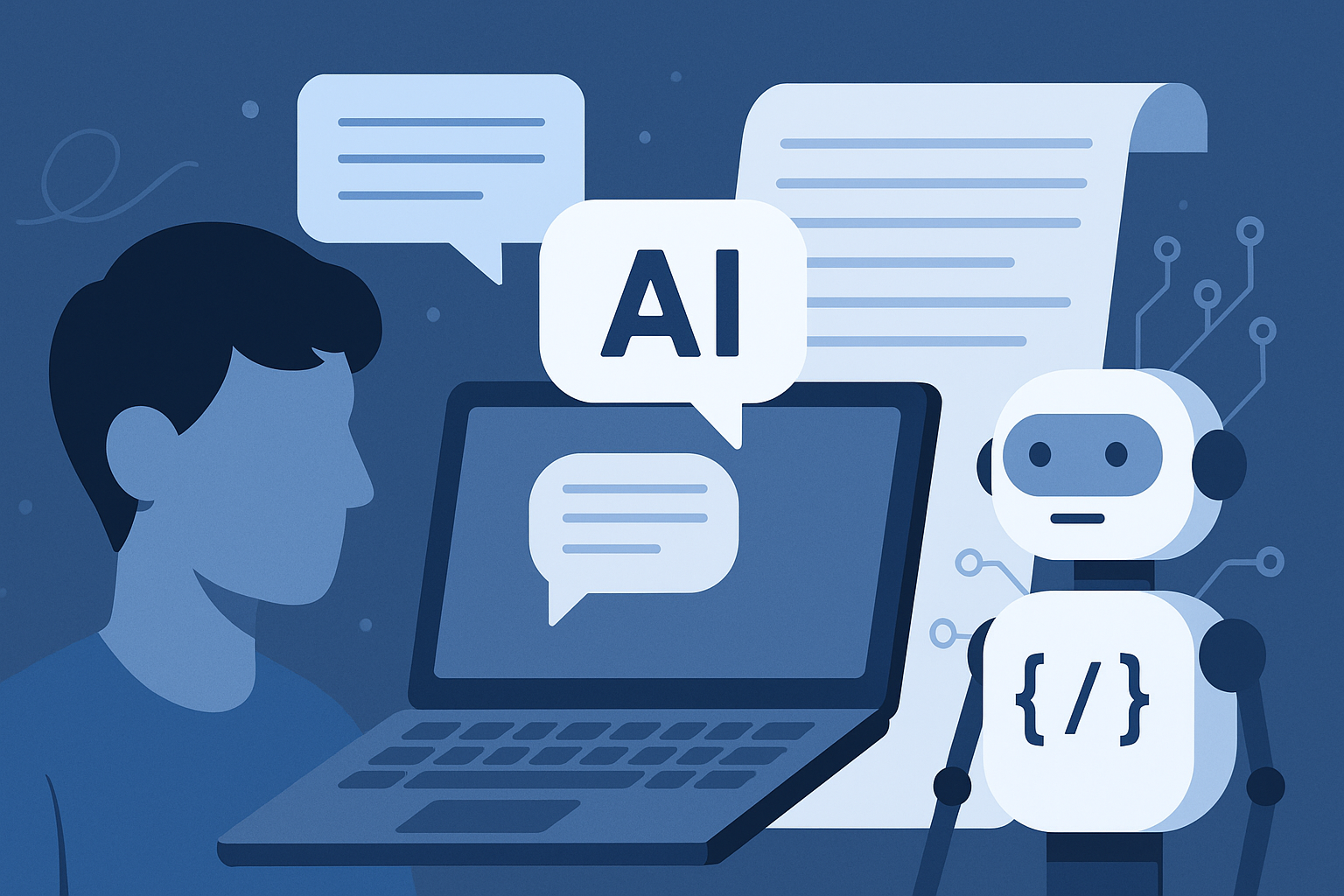
From Student to AI Pro: What Does Prompt Engineering Entail and How Do You Start?
Learn what prompt engineering is, why it matters, and how students and professionals can start mastering AI tools like ChatGPT, Gemini, and Copilot.

Cyber Security in 2025: The Golden Ticket to a Future-Proof Career
Cyber security jobs are growing 35% faster than any other tech field (U.S. Bureau of Labor Statistics, 2024)—and the average salary is $100,000+ per year! In a world where data breaches cost businesses $4.45 million on average (IBM, 2024), cyber secu

SAP SD in 2025: Your Ticket to a High-Flying IT Career
In the fast-paced world of IT and enterprise software, SAP SD (Sales and Distribution) is the secret sauce that keeps businesses running smoothly. Whether it’s managing customer orders, pricing, shipping, or billing, SAP SD is the backbone of sales o

SAP FICO in 2025: Salary, Jobs & How to Get Certified
AP FICO professionals earn $90,000–$130,000/year in the USA and Canada—and demand is skyrocketing! If you’re eyeing a future-proof IT career, SAP FICO (Financial Accounting & Controlling) is your golden ticket. But where do you start? Sulekha IT Serv

Train Like an AI Engineer: The Smartest Career Move You’ll Make This Year!
Why AI Engineering Is the Hottest Skillset Right Now From self-driving cars to chatbots that sound eerily human, Artificial Intelligence is no longer science fiction — it’s the backbone of modern tech. And guess what? Companies across the USA and Can
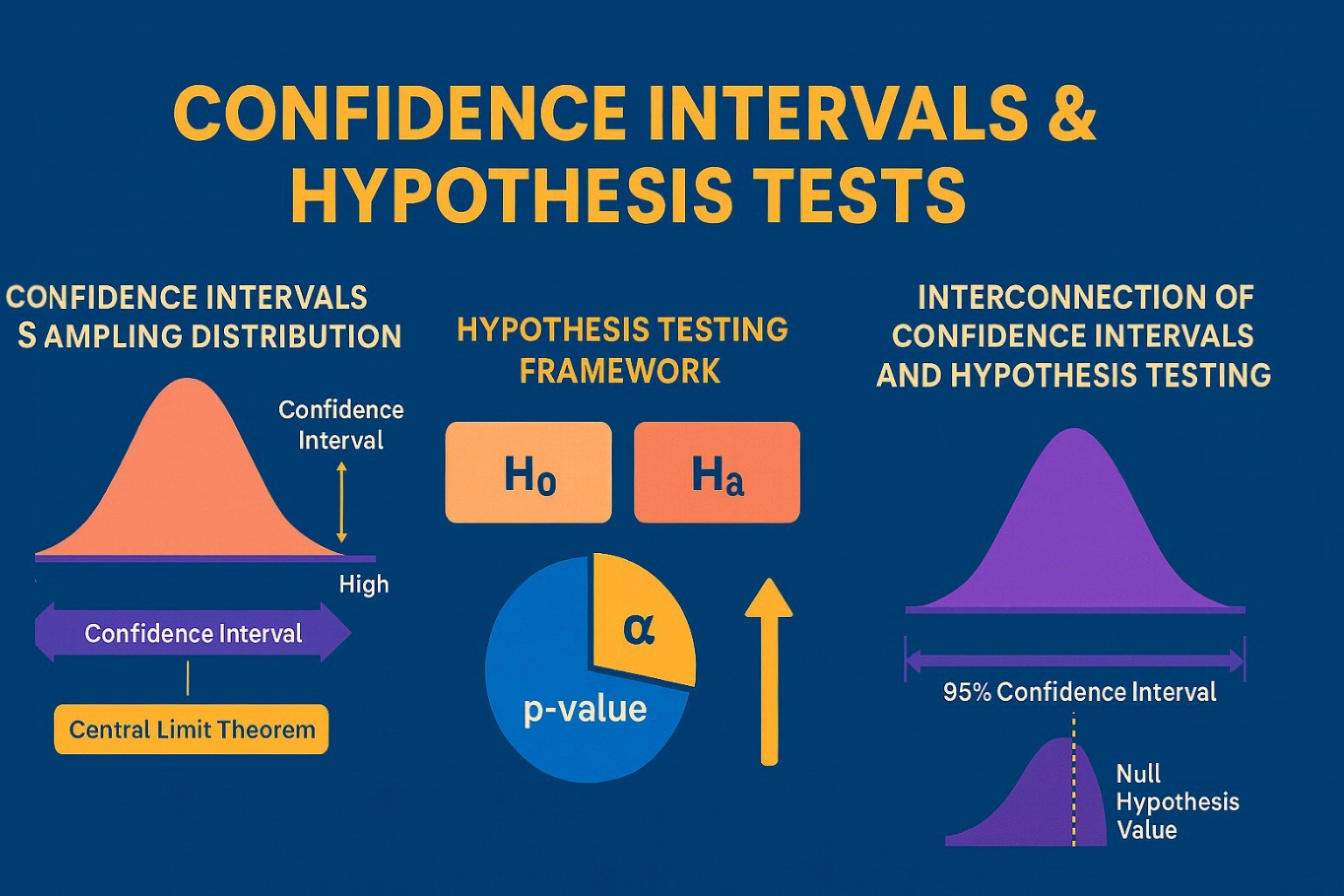
Confidence Intervals & Hypothesis Tests: The Data Science Path to Generalization
Learn how confidence intervals and hypothesis tests turn sample data into reliable population insights in data science. Understand CLT, p-values, and significance to generalize results, quantify uncertainty, and make evidence-based decisions.